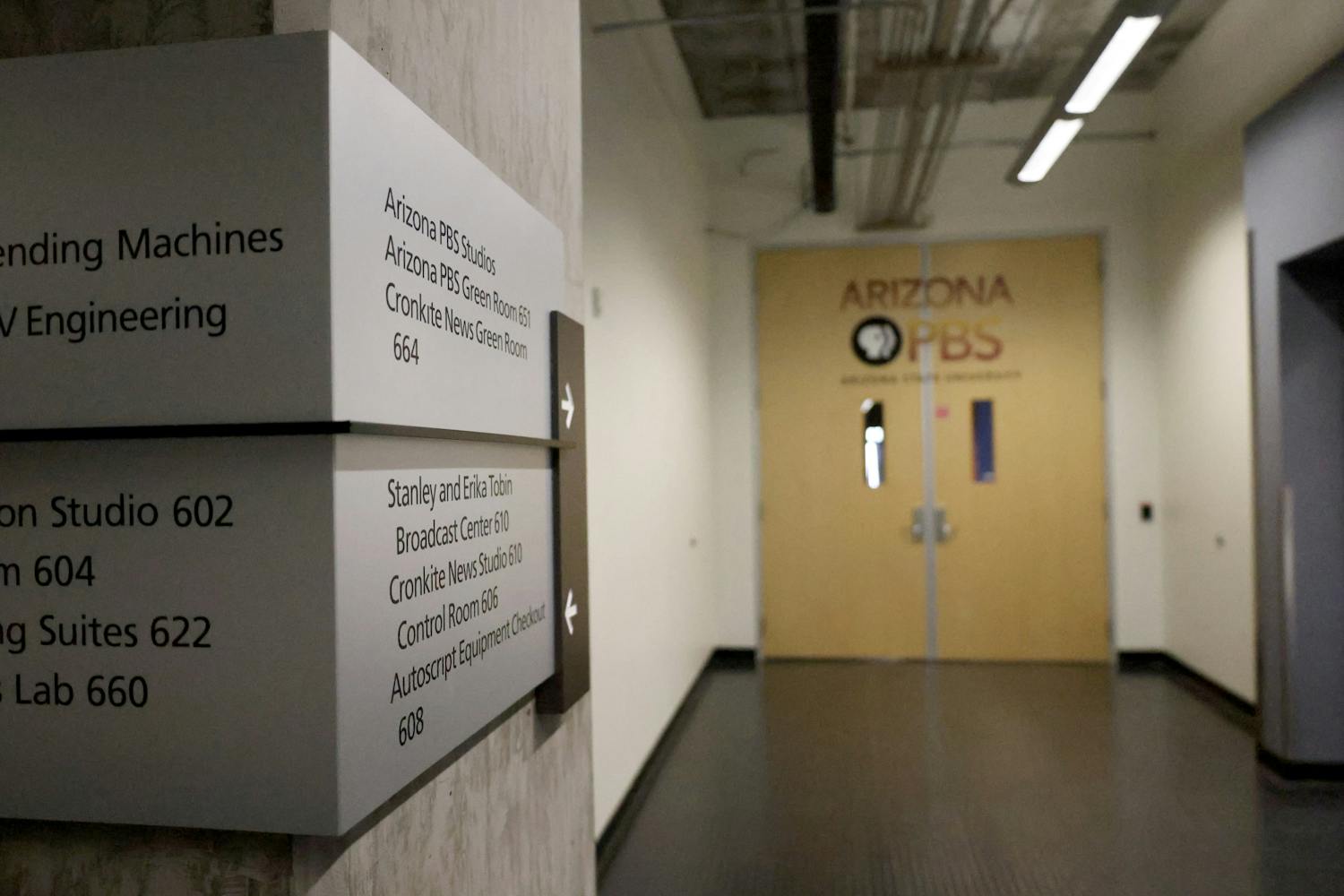Sequester budget cuts could negatively impact ASU students who rely on work-study programs to pay for their education.
If Congress and the White House cannot reach another agreement, $85 billion in budget cuts will go into effect on Friday. These cuts affect public services ranging from air traffic control to education.
The sequester or sequestration is a term for the budget cuts that were established by the Budget Control Act of 2011. The sequester was originally put into place as a backup procedure to encourage political compromise.
Approximately $85 billion dollars in federal budget cuts are included in the sequester. The National Education Association conducted research and developed state-by-state predictions of the effect of the cuts. It determined nearly $600,000 will be cut from university work-study programs and another $504,000 will be cut from TRiO Student Support Services Program.
This would include nearly $1 million in cuts to the Federal Supplemental Educational Opportunity Grants, which are awarded to Arizona universities to give to low-income students. Pell grants are excluded from the sequester cuts.
Federal work-study programs provide an opportunity for university students to work part-time to help them pay for their education. Often times, the university pays some of the students' wages and the federal government pays the rest.
Finance sophomore Erik De Leon said he loves the experience he had participating in an ASU work-study program.
"I wanted to get some work experience," De Leon said. "I really liked it; it was a satisfying experience."
De Leon worked for the ASU America Reads Program, which partners with local schools and community centers and provides kindergarten through eighth grade students with tutors. De Leon mentored and tutored a child.
"It got me more motivated," De Leon said. "These kids are underperforming and reminded me I was once one of these kids. It was inspiring."
The ASU America Reads Program is one of the work-study programs students can choose.
The NEA study predicts that 5,770 students involved in work-study programs in Arizona could be affected, either by salary reductions or job losses.
ASU spokeswoman Julie Newberg said ASU cannot accurately estimate the specific reductions to programs at ASU, because the federal government has not described how it would implement the cuts.
"Despite the financial uncertainty that the sequester presents, ASU will continue to advance its mission as the model for the New American University to pursue research and related endeavors that benefit the public good," Newberg said.
Another program threatened by the sequester is the federal TRiO program, which works to improve graduation and retention rates among higher education students. The TRiO program at ASU partners with the Disability Resource Center to provide resources to students with disabilities.
Jordan Tygh, vice president of policy at the Undergraduate Student Government, said the cuts are helpful to the economy and necessary to reign in spending.
"My hope is that these cuts are locked in because our country needs to live within its means," Tygh said. "Congress should look out for us in the younger generation and not spend away our future."
When the Budget Control Act of 2011 passed, the U.S. was looking at the possibility of sovereign default, the failure of a sovereign government to pay back the debt it owes. Tygh said the sequester cuts are necessary to avoid a similar situation in the future.
"In the sequester battle, I think it's vital that we make across-the-board cuts," Tygh said. "Cutting in spending in a time we're facing a massive debt is vital to our future."
Reach the reporter at jwthrall@asu.edu or follow him @jthrall1



